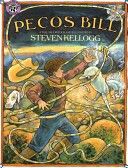
Incidents from the life of Pecos Bill, from his childhood among the coyotes to his unusual wedding day.
Material appropriate for primary age groups

Incidents from the life of Pecos Bill, from his childhood among the coyotes to his unusual wedding day.
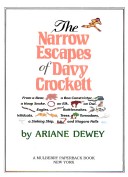
Recounts the wild adventures of Davy Crockett, including his tangles with a wrestling bear, eagles that wish to pull out his hair, and an alligator he rides up Niagara Falls.
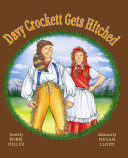
An accidental encounter with a thorn bush on his way to the spring dance has Davy Crockett kicking up his heels and out-dancing even the audacious Miss Sally Ann Thunder Ann Whirlwind.
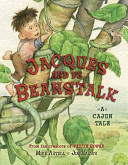
I don know fo sure if dat story is true, But down where de Cajuns live on de bayou, When dey tell dem stories, dey shore like to talk About dat boy Jacques and his magic beanstalk. You know the classic story of Jack and the Beanstalk, but you’ve never heard it like this before. Told in Cajun dialect with a distinct bayou flair, this book is perfect for reading aloud. There is even a glossary and pronunciation guide to help! The creators of Petite Rouge (which Publishers Weekly called a sassy, spicy outing) once again deliver a hilarious twist on a well-known fairy tale.
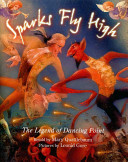
Colonel Lightfoot is never modest, especially when it comes to his dancing or his fine Virginia land. One piece of that land is turning to mud, and the devil himself is rumored to live in that murky mess, for on dark nights sparks fly high. How to put an end to the devil’s mischief? Why, a dance contest with the fiery fiend himself. The colonel bristles with confidence, but the devil is equally sure of himself, until, recognizing his own false pride in the devil’s boasts, the colonel discovers the perfect way to outsmart him. Witty, expressive illustrations aglow with color bring to life a Colonial American tale that sizzles and snaps with humor and folk wisdom.
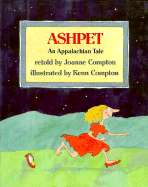
In this Appalachian variant of the Cinderella tale, old Granny helps Ashpet attend the church picnic where she charms Doc Ellison’s son but loses one of her fancy red shoes.
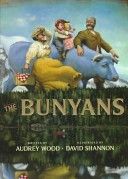
Paul Bunyan, his wife, and their children do some ordinary things which result in the formation of Niagara Falls, Bryce Canyon, and other natural monuments.
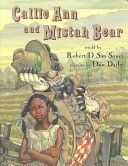
A bear disguised as a fine, handsome man comes courting Callie Ann’s widowed mother and Callie Ann must outwit the bear to prevent her mother from marrying it.

In this rhyming version of the familiar folktale, a big bad gator comes after the three pig brothers, Ulysse, Thibodeaux, and Trosclair, in the Louisiana bayou.